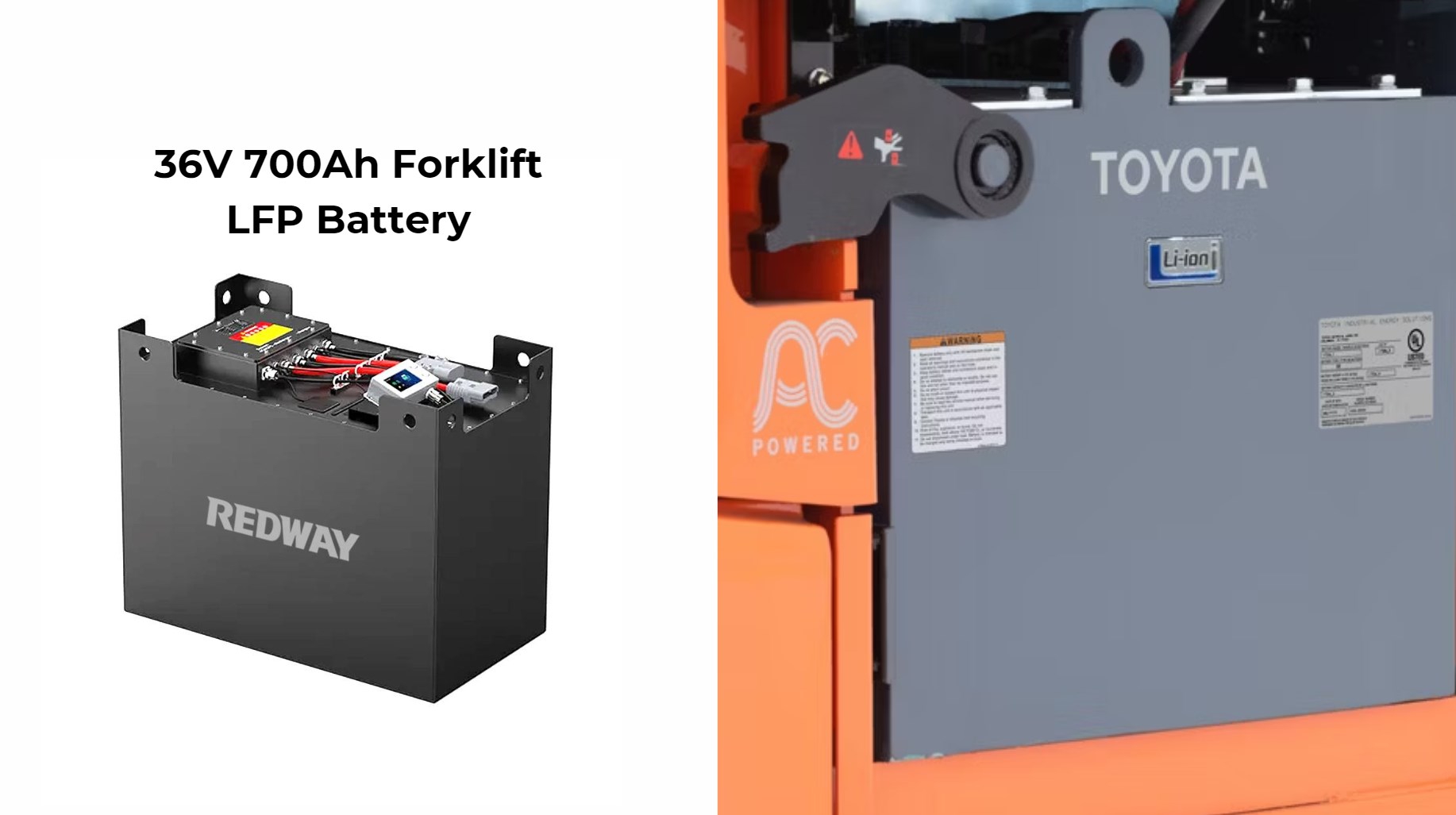Removing a forklift battery cell is a crucial procedure that requires precision and safety. Lithium LiFePO4 batteries power modern electric forklifts, and understanding the correct method for battery cell removal can enhance maintenance efficiency and prolong battery life. In this guide, we will outline the steps necessary to safely and effectively remove a forklift battery cell.
To remove a forklift battery cell, first power off the forklift and wear safety gear. You may need to drill out terminals or use specific tools to lift the cell out. Always check the manufacturer’s guidelines for detailed instructions!
Understanding Forklift Battery Cells
Forklift batteries, especially those using LiFePO4 technology, are made up of multiple cells connected in series. Each cell contributes to the overall voltage and performance of the battery. Over time, individual cells may need to be replaced due to wear, damage, or decreased performance.
Signs That a Battery Cell Needs Replacement
Before attempting to remove a battery cell, it’s important to identify the signs indicating a need for replacement:
- Decreased Performance: If the forklift is struggling to lift loads or maintain charge, a faulty cell may be the culprit.
- Physical Damage: Visible cracks, swelling, or leakage from a cell are clear indicators of damage.
- Inconsistent Voltage: If voltage readings fluctuate significantly, it may point to a malfunctioning cell.
Preparation for Battery Cell Removal
Safety Precautions
Safety is paramount when working with forklift batteries. Follow these precautions:
- Personal Protective Equipment (PPE): Wear gloves, goggles, and protective clothing to shield against acid exposure or electrical hazards.
- Ventilation: Ensure the workspace is well-ventilated to avoid inhaling any potentially harmful gases released during battery maintenance.
- Disconnect Power: Always disconnect the forklift from any power source before beginning work.
Gathering Necessary Tools
Before starting, gather the following tools:
- Insulated Wrenches: To safely remove connections.
- Voltage Meter: To check battery voltage and ensure safety.
- Battery Lifting Equipment: A battery hoist or appropriate lifting device for safely handling heavy cells.
- Cleaning Materials: Use a solution specifically designed for battery cleaning to manage any corrosion.
Step-by-Step Guide to Removing a Forklift Battery Cell
1. Disconnect the Battery
Begin by turning off the forklift and disconnecting the battery. Locate the main battery disconnect switch and ensure that all power is cut. This step is crucial to prevent any accidental short circuits during the removal process.
2. Remove Battery Cables
Using insulated wrenches, carefully disconnect the battery cables from the cell you intend to remove. Start with the negative terminal followed by the positive terminal to minimize the risk of sparks. Secure the cables away from the battery terminals to prevent accidental reconnection.
3. Assess the Battery Cell Housing
Inspect the battery cell housing for any bolts or fasteners that may need to be removed. Most battery cells are housed within a protective casing that can be opened with a wrench or screwdriver.
4. Remove the Cell from the Housing
Using the appropriate lifting equipment, carefully lift the battery cell from its housing. Ensure that you maintain a firm grip and that the cell is balanced to prevent it from tipping or dropping.
5. Inspect the Removed Cell
Once the cell is free, inspect it for any visible damage or signs of wear. If the cell is compromised, it is critical to dispose of it properly following local regulations for battery disposal.
6. Clean the Battery Compartment
Before installing a new cell, clean the battery compartment using the battery cleaning solution. This step will help prevent corrosion and ensure a secure fit for the new cell.
7. Install the New Battery Cell
Place the new battery cell into the compartment, ensuring it is properly aligned with any connections or fasteners. Secure the cell in place according to the manufacturer’s instructions.
8. Reconnect Battery Cables
Reconnect the battery cables, starting with the positive terminal followed by the negative terminal. Ensure that all connections are tight and secure to prevent any issues during operation.
9. Test the New Cell
Once everything is reconnected, perform a voltage test using the voltage meter. Ensure that the readings are consistent and within the expected range for optimal performance.
10. Conduct a Function Test
Finally, conduct a function test by operating the forklift briefly to ensure that everything is working correctly. Monitor the performance of the new battery cell to confirm its effectiveness.
Conclusion
Removing a forklift battery cell is a vital skill for maintaining the efficiency and safety of electric forklifts. By following the outlined steps and adhering to safety precautions, you can ensure a successful battery cell removal and replacement process. For businesses relying on Lithium LiFePO4 batteries, maintaining battery health is crucial for operational success.
At Redway Battery, we offer high-quality Lithium LiFePO4 battery solutions and can provide custom battery options tailored to your needs. With over 12 years of experience, we are your trusted partner in ensuring that your forklift operations run smoothly and efficiently. For a quick quote on our battery solutions, contact us today.
Latest News
- New instructional content outlines methods for safely removing individual cells from forklift battery packs.
- Emphasis is placed on using appropriate tools and safety gear during the removal process.
- Industry experts recommend consulting manufacturer guidelines before attempting cell removal.
Redway Expert Comment
“Removing a forklift battery cell requires careful planning and adherence to safety protocols. Using the right tools is critical; improper handling can lead not only to damage but also safety hazards. Always consult manufacturer guidelines prior to undertaking this task—it ensures compliance with best practices.”



